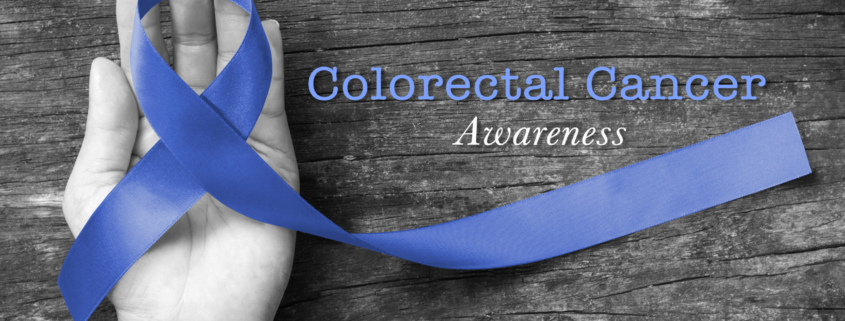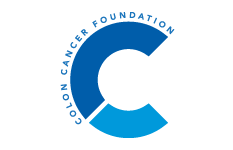The new year brought news of two success stories in our fight to increase accessibility to colorectal cancer (CRC) screening. The first, is a change in private insurance coverage requirements for colonoscopies. The second is from Kentucky, where a pharmacy protocol was passed to allow at-home fecal tests to be taken care of like a regular prescription. More details below.
Coverage for Screening Colonoscopy Without Cost Sharing
A document jointly released by the Departments of Labor, Health and Human Services, and Treasury on January 10th 2022 categorically states that private insurance plans are required to cover a follow-up colonoscopy after a positive non-invasive stool-based test or a direct visualization screening test, without any cost-sharing with respect to the colonoscopy for the health plan beneficiary. This coverage requirement will go into effect on May 31, 2022, one year after the updated recommendation on CRC screening was issued by the US Preventive Services Task Force.
The Affordable Care Act requires health insurers to fully cover preventive screening. However, colonoscopies done after a stool-based test (such as FIT, gFOBT, or MT-sDNA/sDNA-FIT) were considered diagnostic and were not covered in the same way as decennial colonoscopies.
Medicare covers a follow-up colonoscopy after a positive stool-based screening test result. Medicaid coverage policies vary based on the state.
Kentucky: Easy Access to Stool-Based Testing
On September 28, 2021, a new pharmacy protocol passed in the state of Kentucky will allow fecal immunochemical test (FIT) or stool DNA test (sDNA-FIT) to be taken care of at the pharmacy like a flu shot or regular prescription.
With the screening age for average-risk adults lowered to 45 years, it is important to eliminate the barriers for those who actually want and need screening. As we have seen over the last couple of years though, the COVID-19 pandemic has prevented many from getting the care that they need, including preventive care services. This bill has truly come at the right time.
“Kentucky is the first state in the nation to have this type of protocol passed, and why not here?” said Dr. Whitney Jones, founder of the Colon Cancer Prevention Project, which is based out of Kentucky. “Colorectal cancer is treatable and preventable when caught early, and this new protocol will allow the general population more avenues to get screened on time.”
Gargi Patel is a Colon Cancer Prevention Intern with the Colon Cancer Foundation.









